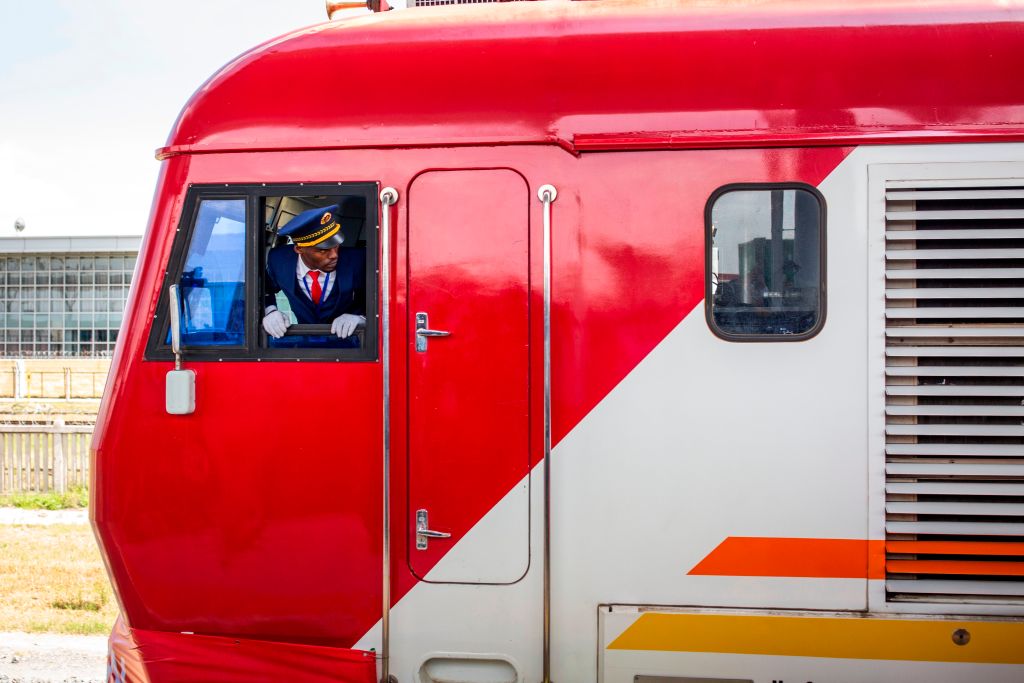ADF STAFF
Despite much speculation that Chinese lenders were constructing a so-called “debt trap” as a way to claim key national assets from their African borrowers, an analysis by the think tank Chatham House suggests that China might have actually trapped itself.
“In some cases, the lending was haphazard and not strategic or particularly political,” Chatham House analyst Alex Vines told ADF in an email. “I suspect that this has resulted in a reverse debt trap. That is why Beijing used its handbrake on profligate lending in 2018 and has been much more selective since.”
Over the past two decades, China signed nearly 1,200 loan agreements worth $160 billion with African countries, according to Boston University’s Chinese Lending to Africa Project. The bulk of those loans have come from state-owned entities such as the Exim Bank of China. Those loans carry higher interest rates and shorter repayment periods than loans through international entities such as the World Bank.
In some cases, loans were made for projects — such as Kenya’s $5 billion Standard Gauge Railway — based on financial estimates that far exceeded the projects’ capacity to deliver. Economic turmoil caused by the COVID-19 pandemic and Russia’s invasion of Ukraine have left 22 of Africa’s 54 countries in debt distress and facing the risk of default, according to the World Bank and International Monetary Fund (IMF).
Zambia was the first African country to default on its debt. Djibouti recently announced it was suspending payment on $1.4 billion in Chinese loans. Other countries, such as Angola, Ethiopia, Kenya, and the Republic of the Congo, are struggling to meet their obligations.
“Rising food and energy prices are striking at the region’s most vulnerable, and public debt and inflation are at levels not seen in decades,” the IMF wrote in a statement last fall.
According to the IMF, governmental debt in Africa averages about 60% of gross domestic product (GDP) — a level last seen two decades ago. In some cases, such as Ghana, government debt is as high as 85% of GDP.
High debt-to-GDP ratios put countries at risk of default and can restrict their ability to borrow more.
The Chinese debt is dominated by private loans, such as those from the Exim Bank, that cost more than loans from international lenders such as the IMF and run the risk of being extended, deepening the borrowers’ financial troubles.
In that way, China appears to have caught itself in a debt trap of its own making in Africa, analysts say. Chinese banks simply can’t afford to absolve countries of billions in debt in the way government or international lenders might. China finds itself, in the words of Chatham House analysts, deeply entangled “with obdurate and increasingly assertive African partners.”
As African countries’ debt distress grows, so does the risk that more countries will follow Zambia’s example and simply refuse to repay their loans. Zambia recently canceled billions in pending Chinese loans as part of a debt restructuring agreement.
In recent years, China has slowed its lending in Africa, dropping it from $28.4 billion at its peak in 2016 to $1.9 billion in 2020. Most recent lending has gone to countries such as Côte d’Ivoire that have shown a history of reliable repayments, Vines told ADF.
However, by restricting its lending, China effectively has shut down projects that African countries see as crucial to expanding their economies, making it harder for them to grow their way out of financial distress.
China’s opaque lending practices, which often ban revealing the size or terms of loans, make it hard to know exactly how much countries owe. As a result, international agencies are reluctant to provide countries with relief that might ease their debt distress.
That same lack of transparency works against Chinese lenders, who also lack a clear picture of how deeply indebted potential borrowers are, according to Vines.
“Transparency on loans would be helpful for all to assess their sustainability and value — for citizens, firstly, but for Chinese lenders themselves, who are often in competition with each other and not coordinated.”

